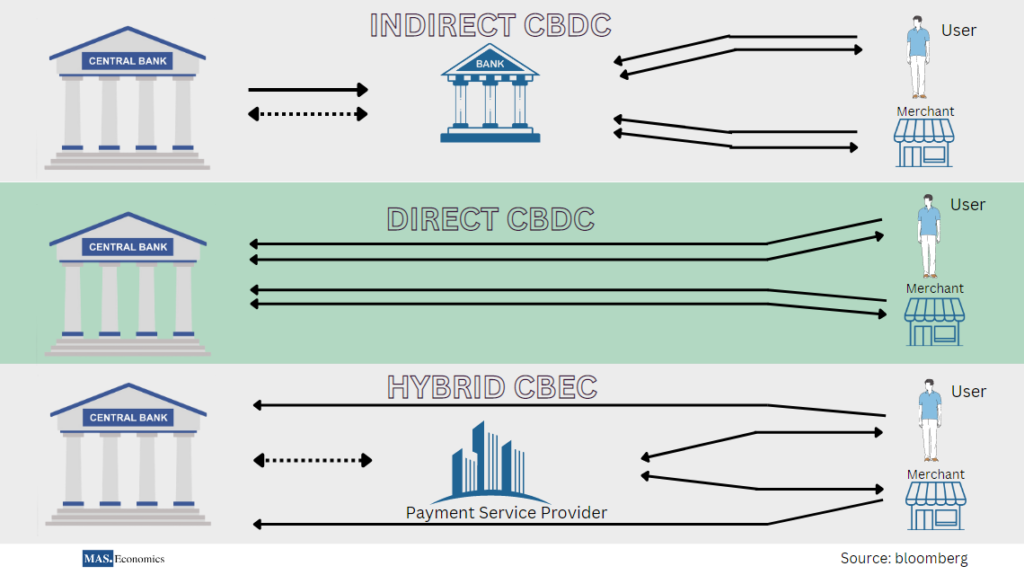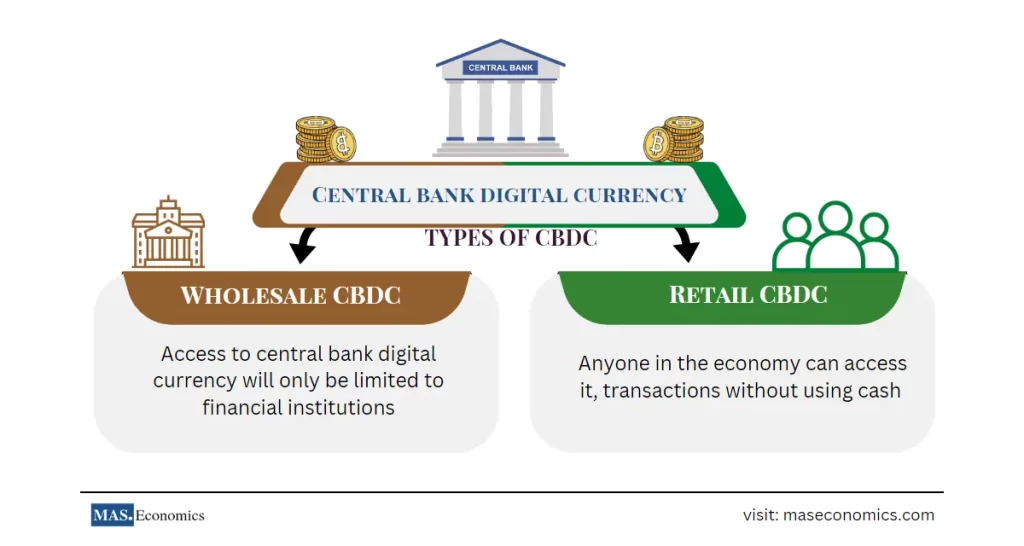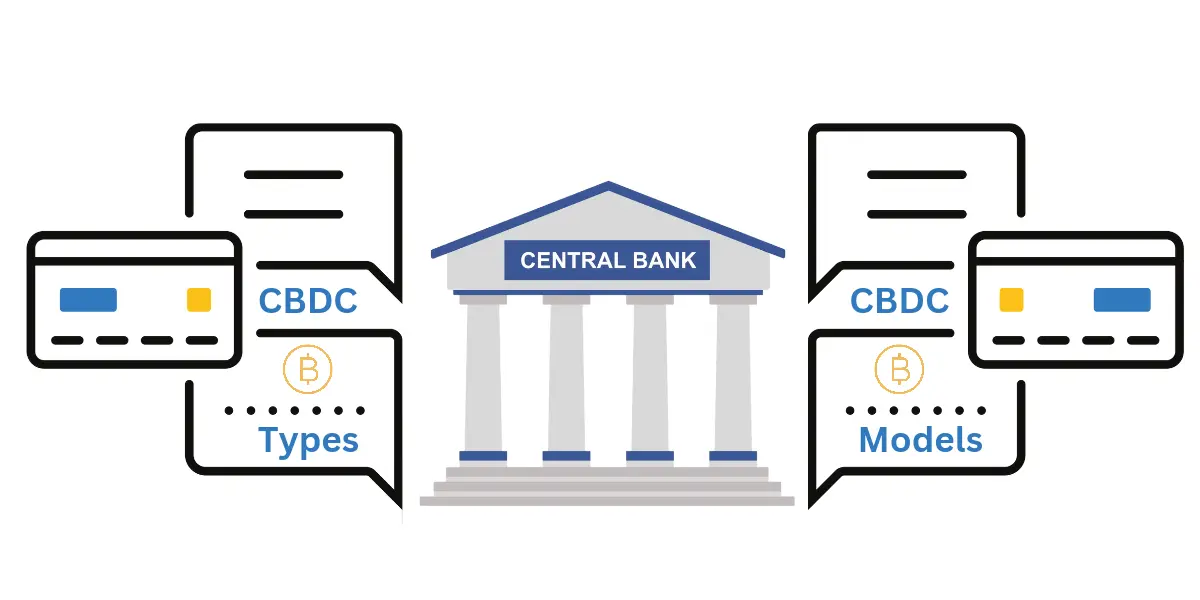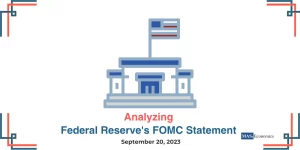Introduction
The digitalization of payments has greatly increased in the past few decades, thanks to rapid technological advancements that shifted the focus of research and development from Fintech (Financial Technology) to central bank digital currency (CBDC).
Central bank digital currency is a recent innovation and is an alternative to private digital currencies like Bitcoin. They are digital currencies that central banks issue. They can potentially improve the function of money in the economy by making payments more efficient and reducing the need for cash. They may also have positive implications for financial institutions.
According to a survey of 2021 by the Bank for International Settlements (BIS), 86% of central banks are looking into the possibility of CBDCs. More than 60% of central banks are experimenting with the technology, and 14% have pilot projects underway.
Several reasons for this shift include the rise in blockchain technology, the dominance of cryptocurrency, and the need to curb illicit activity associated with cryptocurrency.
While this has brought efficiency and convenience to the public, it has also triggered some risks associated with new FinTech enterprises capable of penetrating traditional payment systems.
This phenomenon will significantly impact both the money supply and monetary policy, as its emission is not governed by any authority responsible for regulating the national currency supply. Cryptocurrencies will create an opportunity for unprecedented independence from the state’s influence on individual users worldwide. This means a massive loss of control over the inflation rate and the ultimate value of each unit in circulation.
Let us explore digital assets that could be used as a tokenized medium of exchange before discussing the CBDC effect on the monetary policy transmission mechanism.
Cryptocurrencies vs. Stablecoins vs. CBDC
Cryptocurrencies
Cryptocurrencies, such as Bitcoin, or digital currencies, have defects that hinder their ability to meet the standards of a reliable monetary system. Due to these flaws, they are not practical means to exchange goods, store of value, or unit of account. Also, because they are subject to speculation, their price is unstable. Unfortunately, criminals can use them for illegal activities, and ransomware attacks also take advantage of this.
Stablecoins
Stablecoins are digital tokens with a stable value, as they are backed by an underlying asset. They aim to give users the benefits of both stability and decentralization so that they can be used for payments on distributed ledger platforms. However, because stablecoins rely on financial assets for support, they come with more risks than unbacked cryptocurrencies do; if the financial system fails, stablecoins will too.
However, Central Bank Digital Currencies can use the new technical abilities of crypto while still being backed by central banks.
This would create a more diverse and innovative monetary ecosystem that better supports the public interest. However, cryptos have a few valuable features but are ultimately flawed in ways that prevent them from being reliable enough to form a monetary system.
These flaws include things like no sound anchor for value or fragmented incentivization. On the other hand, regular central bank money is much safer and more stable while also benefiting from network effects that cryptocurrencies do not enjoy.
Now let us discuss central bank digital currency in detail and the types of models under the research
Understanding Central Bank Digital Currency Models
Central banks have been giving dependable public money for a long time. People can easily measure value, store wealth, and exchange goods.
However, times are changing. Nowadays, many people use digital money that exists in bank databases. Even before Covid-19, cash was being used less in payments. This is because fast and convenient digital payments have significantly grown in volume and diversity.
Some central banks are thinking about issuing a new kind of digital money that would work well for people in a digital world.
The benefits of this new kind of money include its use as a payment method, its potential to promote innovation and efficiency, and its complementary nature to cash.
Any decision to launch this new kind of money would depend on whether its risks can be managed.
There are various central bank digital currency models purposed in the research:
CBDCs- account-based and token-based
An account-based central bank digital currency is when the person sending the money checks to see if the receiver has an account and then checks their identity. With a token-based CBDC, a person needs to check the token’s authenticity for every payment transaction.
The central bank digital currency token is usually stored remotely, not on local devices. Another difference is that token-based CBDCs can be traded offline, while account-based transactions cannot be executed without verifying the account holder’s identity and balance first.
CBDCs Direct, Indirect and Hybrid models

The direct model is where everyone involved in a transaction holds an account at the central bank. The central bank transfers money between accounts and backs all claims. It also issues currency and manages a permission system to clear transactions. In addition, it meets compliance requirements for Know Your Customer (KYC) and anti-money laundering (AML).
The indirect model is that the central bank gives digital currency tokens to commercial banks or non-bank financial institutions, which then distribute currency. These organizations must meet KYC and AML requirements. The IMF calls this type of CBDC “synthetic CBDC.”
Most central banks are working on the hybrid model, similar to the indirect model, but with one crucial difference: the claim for the currency remains on the central bank.

Wholesale CBDC model
The Wholesale model means that access to central bank digital currency will only be limited to financial institutions and market infrastructures. Digital currencies would be used for payments between financial institutions.
The digital clearing was already tested in 2015 by the Bank of England and some commercial banks. Although the results were positive, industry participants had concerns about possible scalability, privacy protection, and potential reputational risks involved in using this system.
Digital payments could also lead to high energy use as the servers would need large amounts of electricity to verify transactions on blockchain systems. This approach would not make sense for small payments unless significant discounts are provided for those transactions, considering that cost-per-transaction for small or zero values is high.
This approach would also not be suitable for low-income countries with limited access to banking services.
Retail or General Purpose CBDC Model
The Retail or general purpose CBDC, which means that anyone in the economy could access it – is considered an alternative way of conducting transactions without using cash and bank accounts.
Digital currency issued by central banks could take various forms, such as mobile money-like systems with pre-paid digital wallets enabling internet payments via smartphones.
Although the idea has not been tried, numerous central banks are investigating this possibility. For example, Sweden’s central bank (Riksbank) has initiated an ” eKrona ” project to investigate this possibility. Digital currency used in retail payments would reduce the digital currencies’ adoption threshold, increase safety, and allow central banks to track every transaction.
If people had direct access to public money, it would limit any monopoly power banks or e-wallet providers have. It would also offer more privacy and control over personal information than what electronic payment systems provide today.
The question is how these central bank digital currency models will affect the central banks
CBDC’s impact on monetary policy
Central banks are contemplating different approaches to solving this challenge with the end goal of maintaining or even strengthening their powers in currencies’ emissions. They are also keenly observing how the digitalization of payments will alter the conduct of monetary policy transmission, which is how they influence inflationary dynamics by setting interest rates.
Another question is how these innovations affect payment systems’ security and safety, especially in micropayments where massive amounts can be transferred with little effort on behalf of cyber-criminals or hacktivists. It is essential that the legal framework supporting cryptocurrencies would not give rise to more cybercrime cases by making sure things are more accessible for users’ data and transaction transparency.
Central banks are researching and testing different technological means that could potentially solve issues with cryptocurrencies, such as volatility and market instability. These measures include the introduction of central bank digital currencies.
If these currencies were to be issued and circulated among users alongside other types of virtual money, this would mean a significant upgrade in the role of central banks, thanks to which they could ensure better financial stability and potentially even lead to more effective transmission mechanisms for monetary policy.
If a central bank introduces its digital currency, it will affect how monetary policy is implemented, the transmission mechanism, and, in extreme cases, the strategy. The extent to which these repercussions occur would depend on the demand for and design of this new form of money. Interest rates, particularly deposit rates, would exert most of their influence on the larger economy.
Central bank digital currency can positively affect the economy, but there are risks that it would harm financial stability. One more alternative to CBDCs is Central Bank-issued cash tokens, which are not legitimate for payments but are used only in electronic retail payment systems. Such a measure allows central banks to stay abreast of technological innovation while simultaneously maintaining control over their currency and avoiding weakening their monetary policies.
Some people worry that CBDC will eventually make cash obsolete. Let’s clear that up.
Will CBDC replace cash?
Currently, cash is the only type of central bank money available to the general public. Some central banks are considering creating a new type of digital money that would be like cash but should be stored digitally instead of in your wallet. This is because, in recent years, digital payments have increasingly replaced money.
According to the Federal Reserve Bank’s research paper, in the United States, cash use fell from 40 percent of transactions (12 percent by value) in 2012 to 19 percent in 2020. In contrast, other countries saw more rapid declines than the US. Additionally, 50 percent of point-of-sale (POS) payments are made with a mobile wallet or app, while only 13% of POS Payments arise from cash usage in China.
This is why some central banks think it is essential to offer public access to a digital currency. This would be useful if the standard electronic payment methods stopped working. A digital banknote, or CBDC, could act as a backup payment method. It would be better than cash in some ways because it could be used more easily during natural disasters or in remote areas. However, significant work would need to be done to make this possible.
Curious about how central bank digital currencies are shaping the global economic landscape? Let’s explore the pivotal role of the IMF in providing guidance and expertise in this rapidly evolving realm.
IMF’s Response: A Comprehensive CBDC Handbook
Recognizing the significance of CBDCs, the International Monetary Fund (IMF) has taken a proactive approach to providing capacity development and guidance to member countries. IMF is developing a comprehensive CBDC Handbook for several years. This handbook will serve as a reference for policymakers in central banks and ministries of finance, covering various thematic areas related to CBDCs:
• Objectives and Framework: Introducing CBDC conceptually and its potential benefits over other payment methods, as well as its role in digitalizing the economy.
• Foundational Requirements and Readiness: Analyzing the legal foundation, cyber readiness, capacity within central banks, and challenges related to regulation and supervision for CBDC issuance.
• Design Process, Considerations, and Choices: Examining how design choices impact policy objectives, risk management, adoption, financial integrity, privacy, and the implications for cross-border use.
• Project Approaches and Technology: Discuss the implementation of a robust CBDC project management process, technology landscape, and vendor considerations.
• Potential Macrofinancial Implications: Covering CBDC’s role in financial inclusion, its impact on monetary policy transmission, financial stability, cross-border payments, and market structure.
The CBDC Handbook will be regularly updated to capture emerging knowledge and experiences, providing valuable guidance to policymakers navigating the CBDC decision-making process.
India and Pakistan’s Digital Currency Developments
Around the globe, governments and central banks are considering the development of their own digital currencies, with India’s Reserve Bank of India (RBI) being one of them. On December 1, 2022, the RBI revealed the pilot launch of India’s Central Bank Digital Currency, the e₹-R, for retail consumers in four major cities: Mumbai, New Delhi, Bangalore, and Bhubaneswar. The e₹-R is a legally recognized digital token that will be issued by financial institutions in denominations identical to paper currency notes and coins.
The RBI has stated that this pilot project aims to evaluate the resilience of the digital rupee framework. Future projects will examine various features, applications, and architectural components based on the insights gained from this preliminary initiative.
The rationale behind this development is to maintain competitiveness in the global digital currency market. Although cash remains a preferred payment method for many, the recent imposition of a tax on all other cryptocurrencies makes the RBI’s digital rupee an appealing alternative.
The digital rupee is expected to offer numerous advantages, such as improved efficiency and transparency via blockchain technology, round-the-clock availability for wholesale and retail customers, expedited cross-border transactions, zero costs for opening a bank account or transacting with the digital rupee, and stability, given the backing by the RBI.
In conclusion, the introduction of a digital rupee could propel India towards a cashless economy while enabling it to remain competitive in the global cryptocurrency arena.
Following India’s recent disclosure of its retail CBDC pilot plans, Pakistan has announced similar aspirations. The State Bank of Pakistan (SBP) has enacted new regulations for Electronic Money Institutions (EMIs) to pave the way for the issuance of a CBDC by 2025. These EMIs – non-banking entities that provide digital payment instruments – are expected to play a pivotal role in fostering financial inclusion and reducing inefficiencies and corruption within the country’s financial system.
Conclusion
As we have seen, there are various options when it comes to digital currencies. Central bank digital currencies (CBDCs) present an exciting option for central banks who want to stay relevant in the digital age. They offer advantages such as increased security and transparency and more control over personal information and transactions than what is currently available with electronic payment systems.
However, there are risks that CBDCs could harm financial stability, so central banks need to weigh the benefit and risks before making a decision. Another possibility is issuing cash tokens which would not be legitimate for payments but would only be used in electronic retail payment systems.
This would allow central banks to stay abreast of technological innovation while maintaining control over their currency and avoiding weakening their monetary policies. Ultimately, it will be up to individual central banks to decide whether or not they want to issue CBDCs and how these new forms of money will affect the economy.
We will keep monitoring this trend to see how things shake out; for now, I think cryptocurrencies are worth keeping an eye on.
(The information in the article cannot provide the basis for any investment decision or other transaction. Appropriate professional advice should be sought before making any investment decision.)




